Introduction
Chia seeds are tiny, dark-colored seeds harvested from the Salvia hispanica plant. While small in size, they deliver a powerful nutritional punch. Their rise in popularity comes from being easy to incorporate into many dishes and offering fiber, plant-based protein, minerals, and healthy fats — especially omega-3s.
But with popularity comes questions: what do they really do for health? How should you eat them for the best effect? Are there any risks? This article gives a clear, user-friendly guide grounded in evidence and best practices.
You’ll learn about what chia seeds contain, what research supports their health benefits, how much to eat, practical uses and recipes, and safety considerations. Whether you’re a health enthusiast or simply curious about adding chia to your diet, this is a straightforward, trustworthy overview you can rely on.
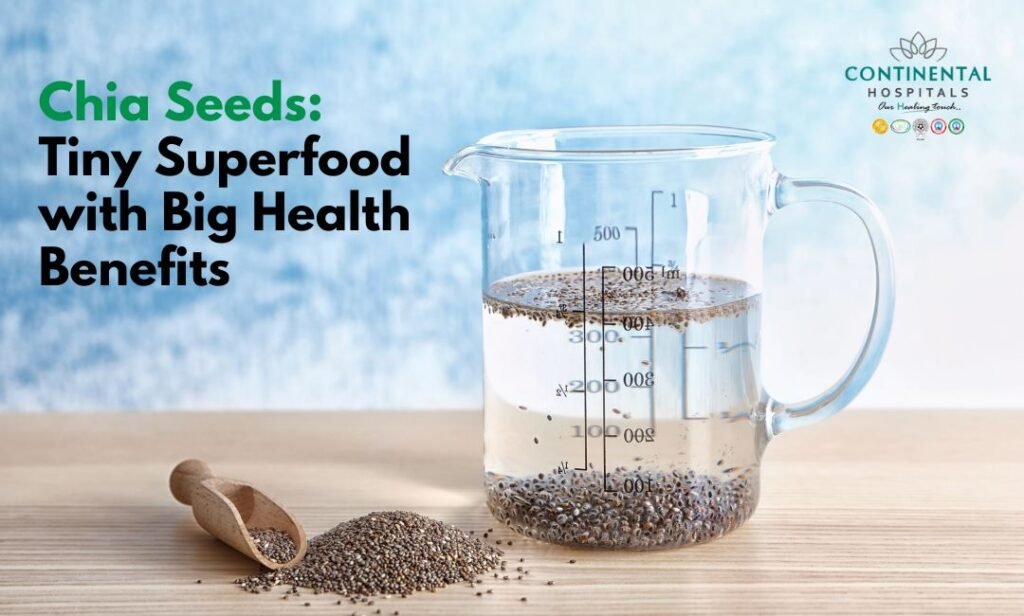
What Are Chia Seeds?
Chia seeds are derived from the Salvia hispanica plant, native to Central and South America. Historically, they were used by indigenous cultures as a staple and medicinal food. In modern times, they are sold whole (often black or white) or ground into powders, and widely marketed for their dense nutrient profile and versatility in cooking.
Nutritional Profile (per ~28 g / 1 ounce)
| Nutrient | Amount (approx.) |
|---|---|
| Calories | 130–140 kcal |
| Total fat | ~8–9 g (mostly unsaturated) |
| Protein | ~4–5 g |
| Carbohydrates | ~12 g |
| Dietary fiber | ~10–11 g |
| Minerals | Good amounts of calcium, magnesium, phosphorus, iron |
| Essential fat | ALA (a plant-based omega-3) |
Because they are rich in fiber and healthy fats relative to their total calorie content, chia seeds are often highlighted as a “nutrient-dense” food.
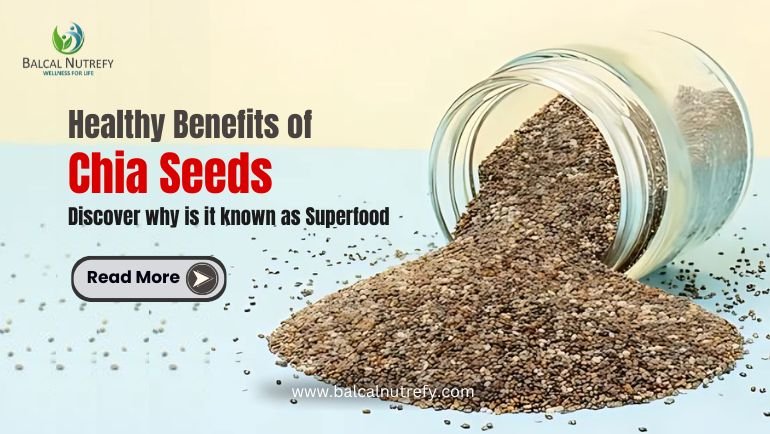
Health Benefits — What Research Suggests
1. Improves Digestive Health
The high soluble fiber content turns into a gel when mixed with liquid, which may help soften stool and support regularity. People who deal with mild constipation often find chia to be a gentle aid when combined with good hydration.
2. Supports Heart Health
Some studies indicate modest improvements in cardiovascular risk factors — for example, lowering triglyceride levels, modest improvement in cholesterol, and supporting a healthier fatty acid balance. The combined effect of fiber, antioxidants, and omega-3 contributes to these benefits.
3. Helps Regulate Blood Sugar
Because chia seeds form a gel in the digestive tract, they can slow absorption of sugars and reduce post-meal blood sugar spikes. This makes them a potentially useful dietary addition for people monitoring blood glucose, though they are not a replacement for medical treatment.
4. Boosts Nutrients in Plant-Based Diets
For vegetarians and vegans, chia seeds are a handy source of minerals like calcium and magnesium, plant-based protein, and ALA omega-3 fats — nutrients sometimes harder to get from non-animal sources.
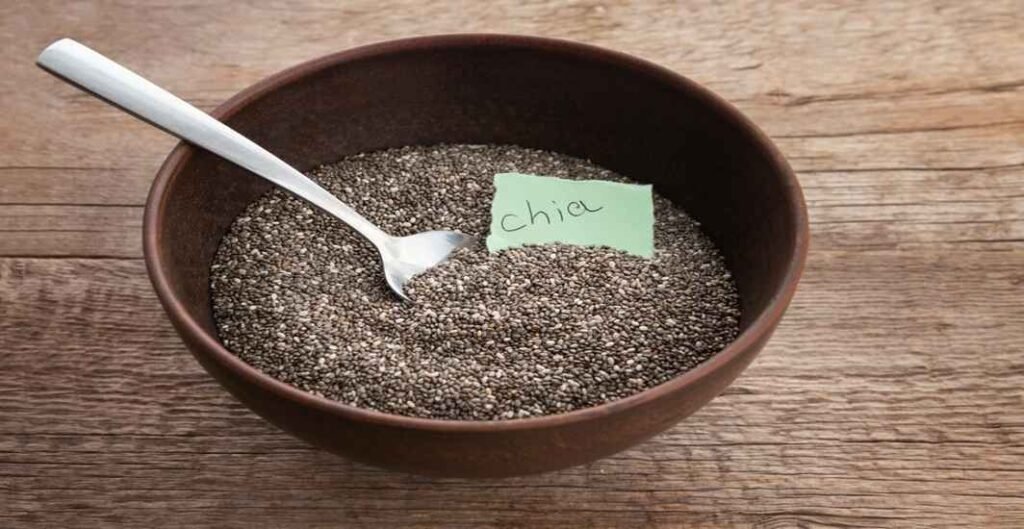
How Much to Eat & Dosage Guidance
A practical and safe serving range is 1 to 2 tablespoons per day (≈10–20 g). In many research studies, a full ounce (≈28 g) is used, but individual tolerance varies. Avoid high single doses of dry chia, as they may cause digestive discomfort or swallowing difficulty. It’s best to start low, increase gradually, and always pair with ample fluids.
Best Ways to Use Chia Seeds
- Soaked / as chia gel or pudding: Mix chia with liquid (water, milk, plant milk) in a ratio around 1:6 to 1:8, let sit (10–30 minutes or overnight).
- Sprinkle whole: Add unsoaked chia to cereal, salads, oatmeal or yogurt for extra texture and nutrition.
- Egg substitute in baking: Combine 1 tablespoon ground chia with ~2.5–3 tablespoons water, let set, then use as a binder in baked goods.
- Blend into smoothies: Adds fiber and thickness. Be aware the mixture may continue to thicken if left standing.
- Grind & bake: Ground chia integrates well in doughs and batters without noticeable texture changes.
Cooking Tips & Common Mistakes to Avoid
- Never ingest large amounts of dry chia with little liquid. The seeds expand significantly once hydrated, and swallowing them dry can be unsafe.
- Expect the texture. The gel-like consistency may feel unfamiliar; if you dislike it, use ground chia or sprinkle instead.
- Watch added sugars. Chia puddings and commercial products sometimes get heavy flavoring or sweeteners, which raise calorie content.
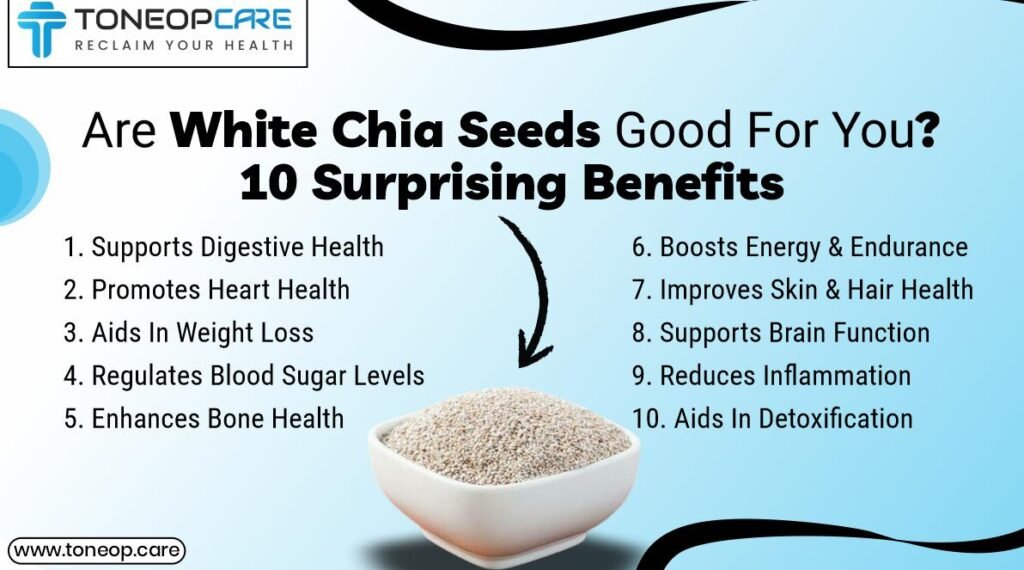
Who Should Be Careful
- Medication users: Especially those on blood pressure, anticoagulant, or diabetes medications — dietary changes with chia may require monitoring.
- People with swallowing difficulties: Because chia expands when hydrated, it must be consumed pre-soaked or mixed in liquid, not dry.
- Those with seed or food allergies: Though rare, allergic reactions are possible; discontinue use and seek medical attention if symptoms like hives or swelling appear.
What the Science Doesn’t (Yet) Confirm
While many small trials show beneficial effects on blood lipids, glucose response, satiety, and inflammation markers, findings are inconsistent. Differences in study duration, participant health status, form of chia (whole vs ground), dose, and diet background limit conclusive claims. Chia should be viewed as a helpful nutritional add-on — not a miracle cure. Long-term, large-scale trials remain limited.
Sample Recipes & Ideas
- Basic Overnight Pudding
- 3 tbsp chia
- 1 cup milk or plant milk
- Sweetener or fruit as desired
Mix, refrigerate 4–8 hours, top with fruit or nuts.
- Smoothie Booster
- 1 tbsp chia
- 1 banana
- 1 cup yogurt or non-dairy milk
- Berries or greens
Blend until smooth.
- Quick Chia Jam
- 1 cup mashed berries
- 1–2 tbsp chia
- Sweetener to taste
Stir and let sit 10–15 minutes to thicken.
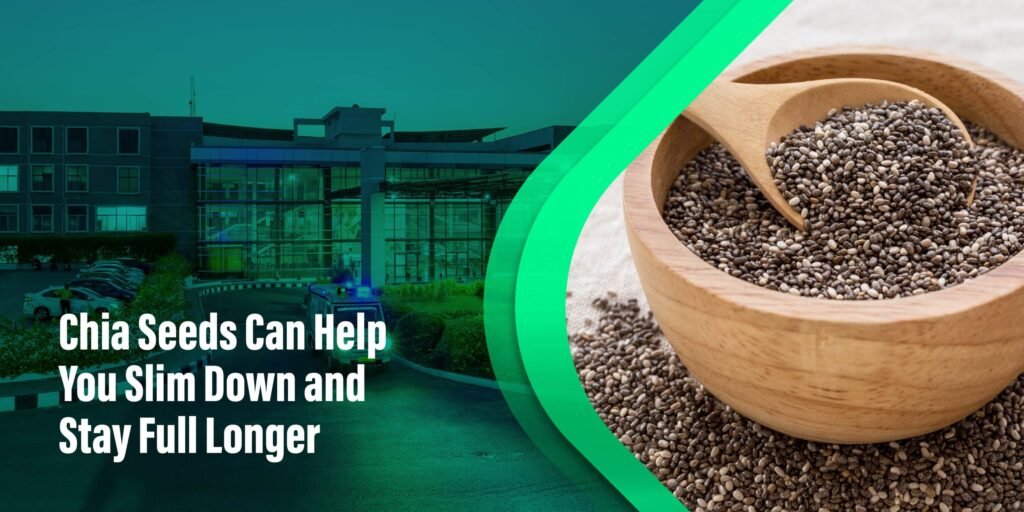
Tips to Get the Most Benefit
- Always drink enough water when consuming high-fiber foods.
- Pair chia with protein or healthy fat (e.g. nut butter, yogurt) to improve satiety and moderate blood sugar.
- Rotate in other seeds and nuts (flax, hemp, pumpkin) to diversify nutrient intake.
- Store chia in a cool, dry place to maintain freshness and prevent spoilage.
Read More: Best Workout Routines You’ll Actually Stick To
Conclusion
Chia seeds offer a simple, convenient way to boost the nutrition of your meals with fiber, minerals, healthy fats and plant-based protein. They deliver a range of modest but credible benefits — from better digestion to improved blood sugar control — especially when used as part of a balanced diet rather than as a standalone solution. To benefit safely, begin with modest servings (1–2 tablespoons), always hydrate or soak them before eating, and increase gradually.
Those with swallowing issues or on medications should use caution and consult a healthcare provider before substantial use. Chia is best seen as a practical, evidence-supported addition to your dietary toolkit — not a panacea. When used wisely, it’s a valuable, low-risk way to enrich your daily nutrition and support general wellness.
FAQs
- Do chia seeds help with weight loss?
Chia seeds can support weight loss when part of a calorie-controlled diet by creating a feeling of fullness (thanks to fiber) and reducing overeating. However, they are not a standalone weight-loss solution. - Can you eat chia seeds every day?
Yes — most people can safely eat 1–2 tablespoons daily. Listen to your body and adjust if you experience digestive discomfort. - Do you need to soak chia seeds before eating?
No — you can sprinkle dry chia on foods. But soaking improves digestibility, helps reduce choking risk, and gives a smoother texture for puddings or gels. - Are chia seeds better than flax seeds?
They have overlapping benefits. Flax seeds offer more lignans (a kind of phytoestrogen) and require grinding for absorption. Chia doesn’t need grinding to be effective and offers slightly different fiber/fat profiles. Using both provides variety. - Do chia seeds interfere with medications?
There is limited evidence, but because chia can influence blood pressure and blood sugar, it’s wise to monitor if you’re on related medications and consult a physician before large increases in intake.